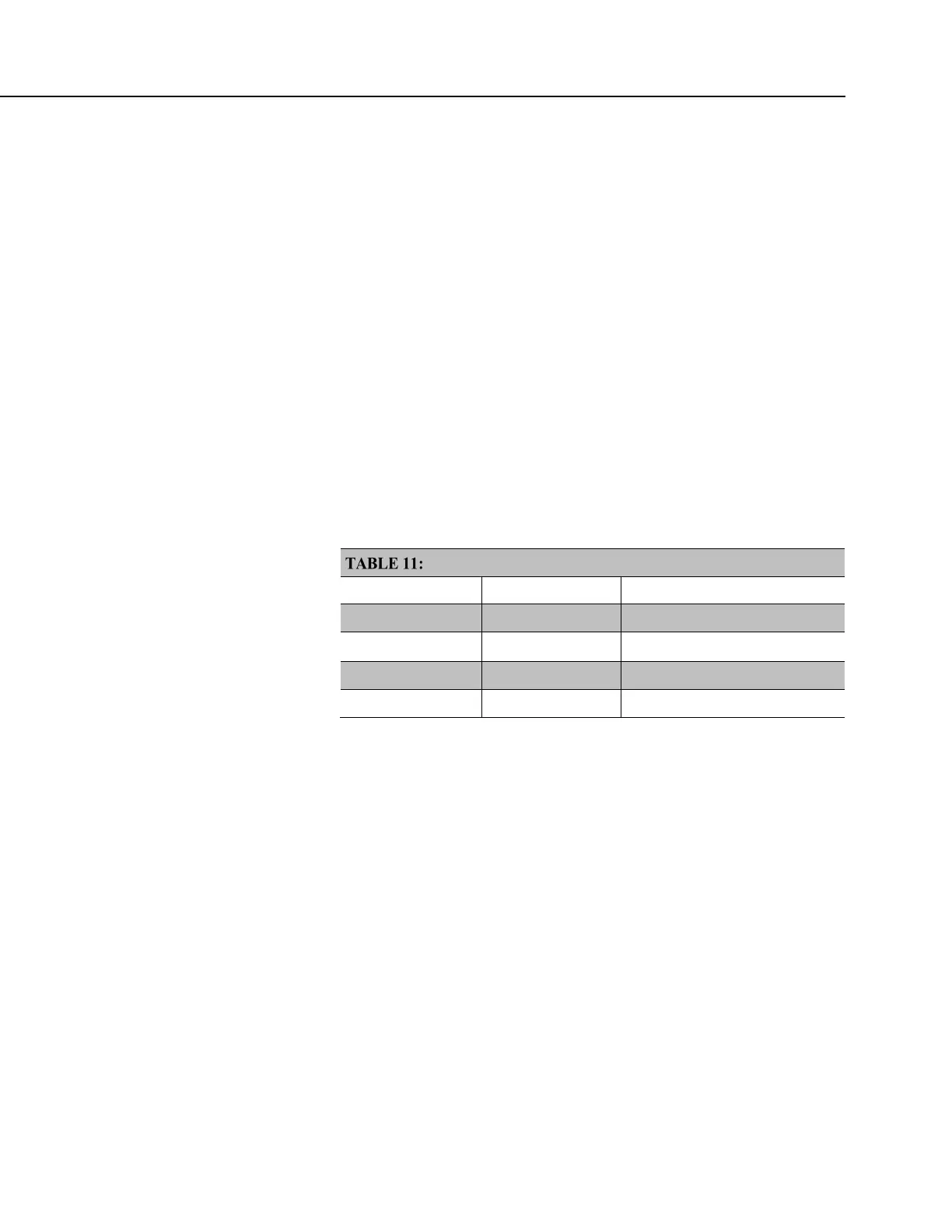Section 7. Installation
program needs to access that value, the program must use the the alias-derived
name.
Variables in one, two, and three dimensional arrays can be assigned units. Units
are not used elsewhere in programming, but add meaning to resultant data table
headers. If different units are to be used with each element of an array, first
assign aliases to the array elements and then assign units to each alias. For
example:
Alias var_array(1) = solar_radiation
Alias var_array(2) = quanta
Units solar_radiation = Wm-2
Units variable2 = moles_m-2_s-1
7.6.3.10 Numerical Formats
Four numerical formats are supported by CRBasic. Most common is the use of
base-10 numbers. Scientific notation, binary, and hexadecimal formats can also
be used, as shown in the table Formats for Entering Numbers in CRBasic
(p. 139).
Only standard, base-10 notation is supported by Campbell Scientific hardware and
software displays.
Formats for Entering Numbers in CRBasic
Format Example Base 10 Equivalent Value
Standard 6.832 6.832
Scientific notation 5.67E-8
5.67 x 10
-8
Binary &B1101 13
Hexadecimal &HFF 255
Binary format (1 = high, 0 = low) is useful when loading the status of multiple
flags or ports into a single variable. For example, storing the binary number
&B11100000 preserves the status of flags 8 through 1: flags 1 to 5 are low, 6 to 8
are high. CRBasic example Load Binary Information into a Variable
(p. 139) shows
an algorithm that loads binary status of flags into a LONG integer variable.

